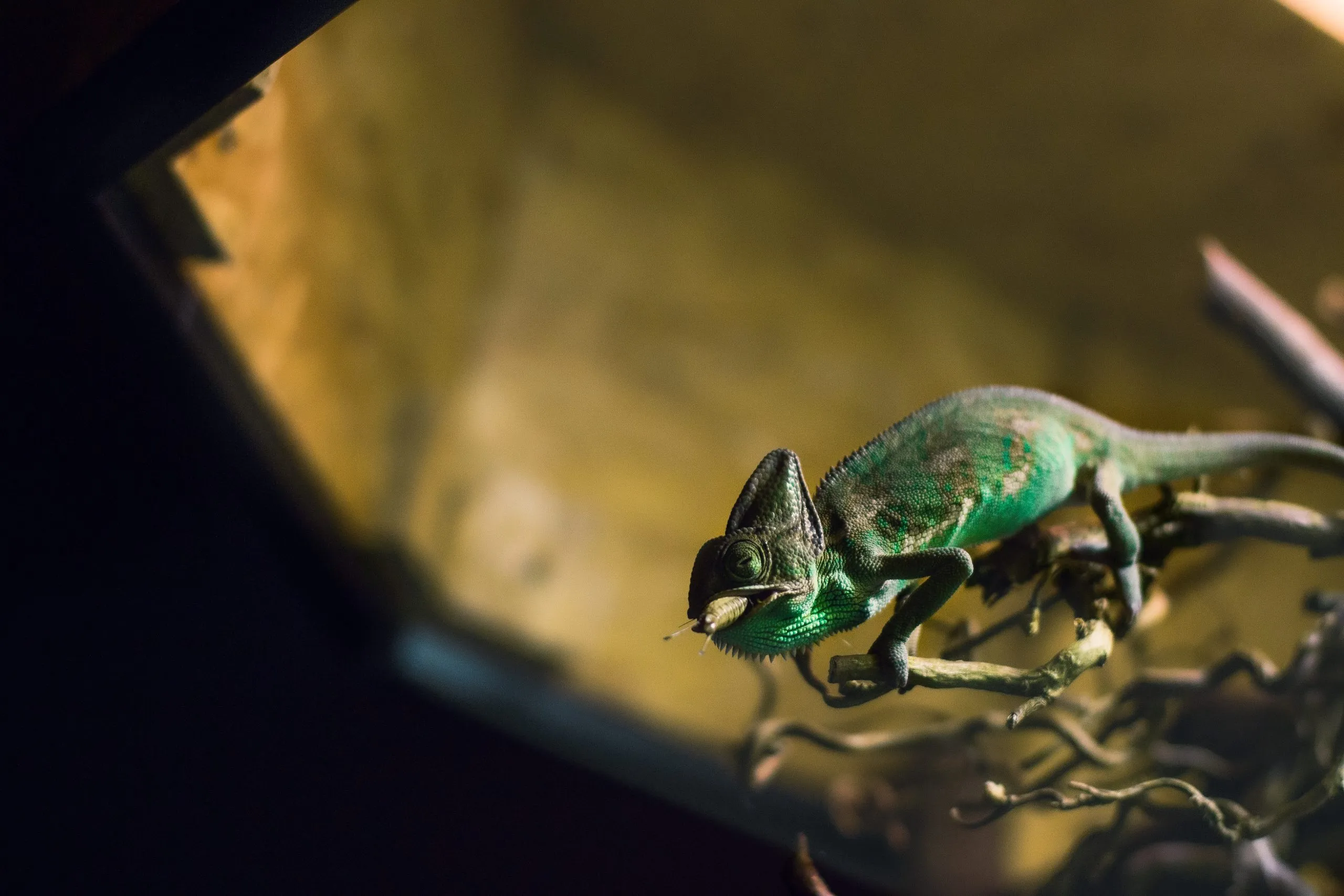Why Do Tarantulas Eat Dead Crickets?
Tarantulas, fascinating creatures of the arachnid world, have a dietary preference that often includes dead crickets. But why is this the case? One of the primary reasons is convenience. In the wild, tarantulas are ambush predators, meaning they wait for their prey to come to them. While they are capable of hunting live prey, dead crickets offer an easier meal. For pet tarantulas, this convenience translates into practicality. Feeding dead crickets minimizes the risk of the cricket escaping and hiding in the enclosure, and it also prevents potential harm to the tarantula from a struggling or biting live cricket. Furthermore, dead crickets are readily available and can be stored for a longer period, making them a convenient food source for tarantula keepers.
Nutritional Benefits of Dead Crickets
Dead crickets provide a decent source of nutrients for tarantulas, contributing to their overall health and well-being. They are a source of protein, which is essential for growth, molting, and tissue repair. While the nutritional value can vary depending on the cricket’s diet before death, a well-fed cricket will offer a more nutritious meal for your tarantula. It’s important to understand the nutritional profile of the food you’re offering to ensure your tarantula receives a balanced diet. In addition to protein, crickets contain other vital elements that contribute to the health of your tarantula. Knowing the benefits will help you make informed decisions about your pet’s diet.
Protein Source
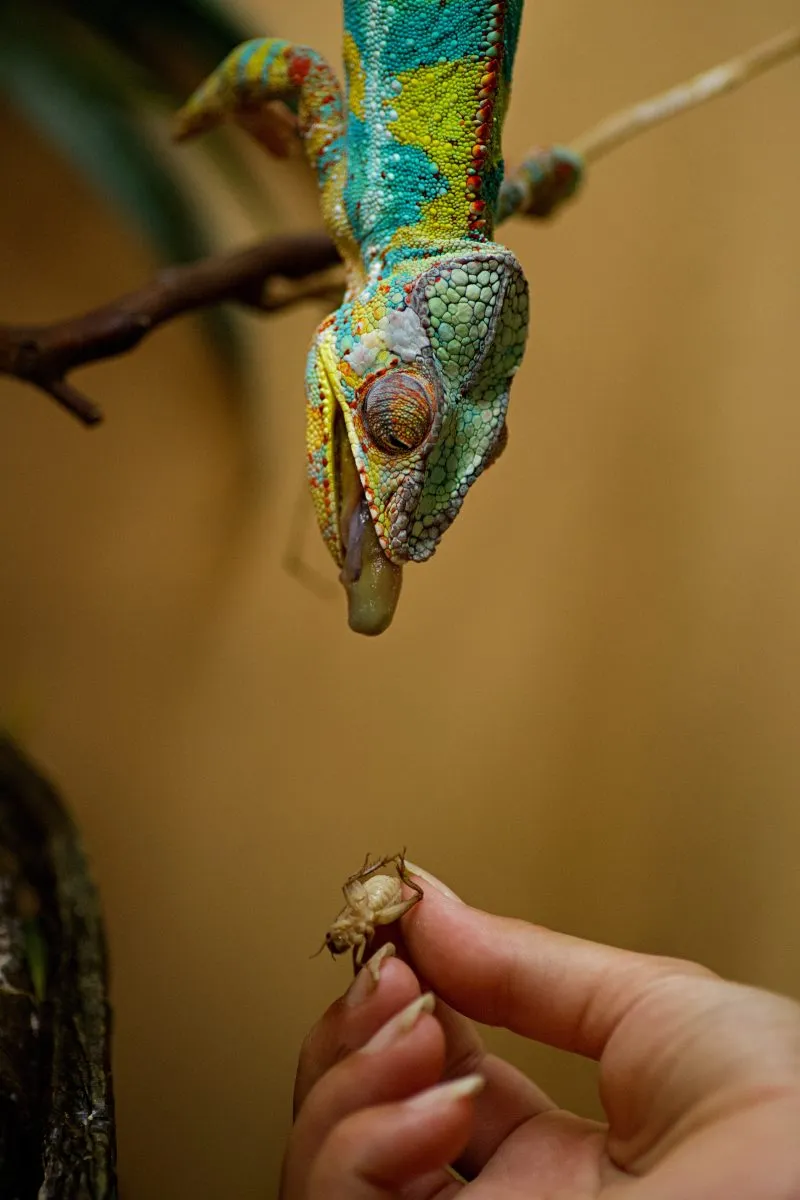
Protein is the cornerstone of a tarantula’s diet, and dead crickets can be a viable source. Protein is critical for various physiological processes, including growth and development, particularly during the spider’s molting phases. Molting, the process of shedding their exoskeleton, demands significant energy and protein reserves. A sufficient protein intake supports muscle development, and the formation of essential enzymes and hormones. However, it is important to recognize that the protein content in dead crickets can differ depending on the cricket’s diet and overall health.
Essential Nutrients
Besides protein, dead crickets also contain other essential nutrients like fats, vitamins, and minerals, though the exact amounts can vary. Fats provide energy, while vitamins and minerals are crucial for a range of bodily functions. These elements support the tarantula’s immune system, promote healthy growth, and aid in vital processes. However, it’s also worth noting that dead crickets alone may not provide a complete nutritional profile. Therefore, a varied diet or the occasional use of supplements might be beneficial for your pet tarantula. In addition, consider gut-loading the crickets before they die to boost their nutritional content, especially vitamins and minerals.
How Often Should You Feed Your Tarantula?
The frequency of feeding a tarantula with dead crickets largely depends on its age, size, and species. Juvenile tarantulas, being in a rapid growth phase, often require more frequent feedings compared to adults. Overfeeding can lead to health problems like obesity and a shortened lifespan, while underfeeding can stunt growth. It is important to monitor your tarantula’s condition and adjust the feeding schedule accordingly. Furthermore, different species of tarantulas have varying metabolisms and appetites, requiring tailored feeding strategies. Observing your tarantula’s behavior, particularly its appetite and activity level, can also provide insights to adjust the feeding schedule.
Feeding Frequency Based on Tarantula Size
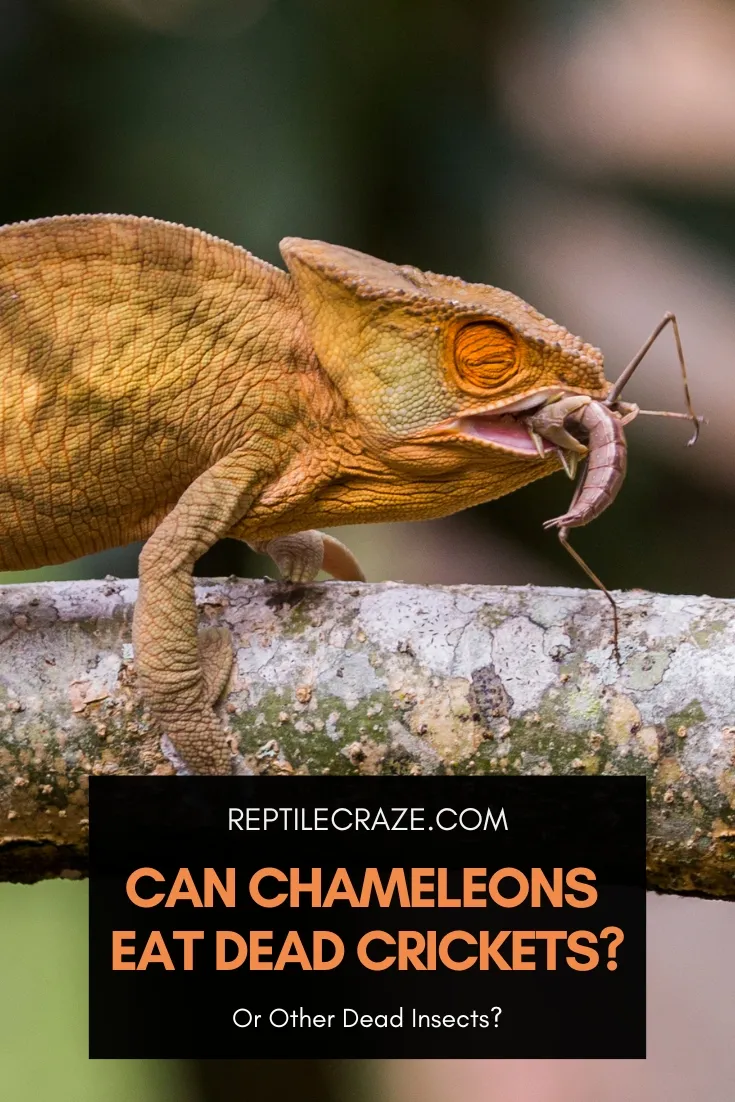
A general guideline for feeding frequency is to feed juvenile tarantulas every other day or every three days. Subadults, that are in between juveniles and adults, can be fed every four to five days, while adult tarantulas can usually be fed once a week or even less frequently. The size of the prey should match the size of the tarantula. A good rule of thumb is to choose prey that is no larger than the tarantula’s abdomen. As tarantulas get older, their metabolism slows down, decreasing the need for food. Overfeeding adult tarantulas can lead to health problems.
Feeding Frequency Based on Tarantula Species
Different tarantula species have varying dietary needs and activity levels. Some species, like the fast-growing ones, may have a higher metabolism and require more frequent feedings. Arboreal species, those that live in trees, might have different nutritional needs compared to terrestrial species. Researching the specific needs of your tarantula species is crucial for providing proper care. This includes the types of food they prefer, the frequency of feeding, and the best time to feed them. Understanding these factors will help you provide a suitable diet that ensures the health and longevity of your tarantula.
Preparing Dead Crickets for Tarantulas
Proper preparation of dead crickets is a crucial step in feeding your tarantula. First and foremost, ensure the crickets are fresh and free of any signs of disease or decay. Always remove any uneaten crickets within 24 hours, as they can attract mites and other pests that are harmful to the tarantula. If you purchase pre-killed crickets, make sure they are stored correctly. If you are raising your own crickets, ensure their diet is nutritious, as this will enhance the nutritional value passed on to the tarantula. Preparing food with care ensures the well-being of your pet.
Proper Storage of Dead Crickets
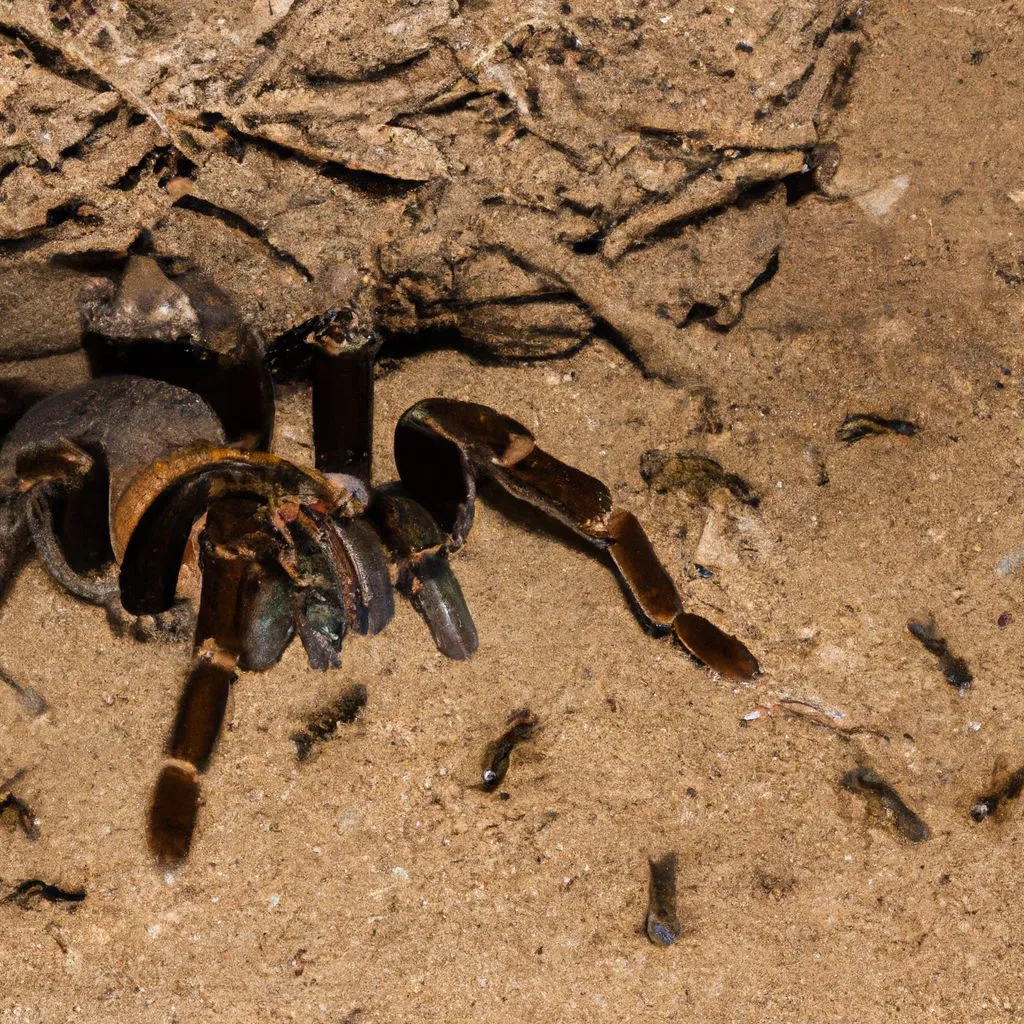
Proper storage of dead crickets is vital to maintain their quality and prevent the spread of bacteria or pests. Store them in a freezer-safe container or bag to keep them fresh for longer. It is critical to thaw the crickets completely before feeding. Do not refreeze thawed crickets, as this can degrade their nutritional value and increase the risk of bacterial growth. Additionally, consider portioning the crickets before freezing to avoid repeated thawing and refreezing. This method helps to preserve the freshness of the crickets and ensures that your tarantula receives a safe, nutritious meal.
Rehydrating Dead Crickets
Dead crickets can sometimes dry out, making them less appealing and more difficult for the tarantula to eat. Rehydrating them can make them more palatable and easier to digest. You can rehydrate dead crickets by placing them in a small container with a moist paper towel for a short period before feeding. Avoid over-saturating them with water, as this can lead to spoilage. Make sure the crickets are at room temperature before you offer them to your tarantula. This simple step helps to maintain the nutritional value and makes the meal more enticing for your tarantula.
Alternative Food Sources for Tarantulas
While dead crickets are a common food source, tarantulas can enjoy a varied diet. Offering a range of insects provides a more complete nutritional profile and keeps things interesting for your pet. Supplementing the diet with other insects helps maintain a balanced and stimulating diet. Diversifying your tarantula’s diet can also help prevent nutritional deficiencies and promote overall health. It’s important to research what alternatives are appropriate for your specific tarantula species, as their preferences and nutritional needs can vary.
Mealworms
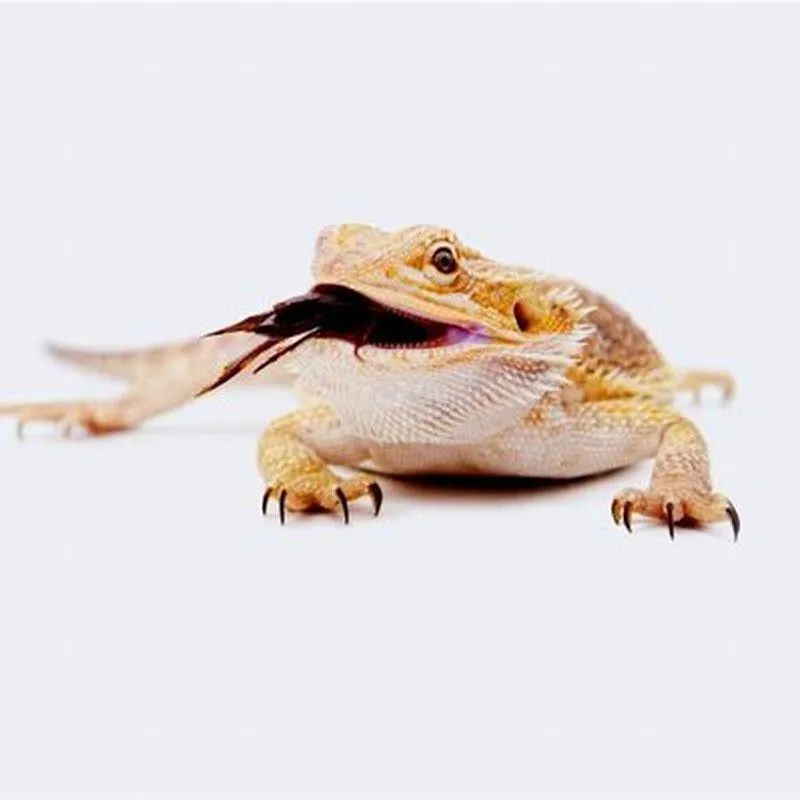
Mealworms are a readily available and easy-to-manage food source for tarantulas. They are packed with protein and can be a good addition to a tarantula’s diet. However, it’s important to feed mealworms in moderation, as they have a high chitin content, which can be difficult to digest in large quantities. Gut-loading mealworms with nutritious food before feeding them to your tarantula can increase their nutritional value. Offer mealworms as a supplementary food, not a primary one, to ensure your tarantula gets a balanced diet.
Dubia Roaches
Dubia roaches are another excellent food option for tarantulas. They are highly nutritious, containing a good balance of protein, fats, and other nutrients. They are also relatively easy to breed, making them a sustainable food source. Dubia roaches are less prone to jumping or escaping compared to crickets, making them easier to handle and feed. Many tarantula keepers consider Dubia roaches a staple in their tarantulas’ diets, offering a more complete nutritional profile than crickets. As with other food sources, it’s advisable to monitor the tarantula’s condition and adjust the feeding plan as needed.
Crickets
Crickets are a widely used food for tarantulas, offering a good source of protein. Live crickets are often preferred by tarantulas because they trigger their hunting instincts. However, as previously discussed, dead crickets are also a viable option, particularly for convenience and safety. Crickets have the advantage of being readily available, but it is crucial to ensure they are properly gut-loaded to maximize their nutritional value. This means feeding the crickets a nutritious diet before offering them to your tarantula, enriching them with vitamins and minerals that benefit your pet’s health.
Potential Risks of Feeding Dead Crickets
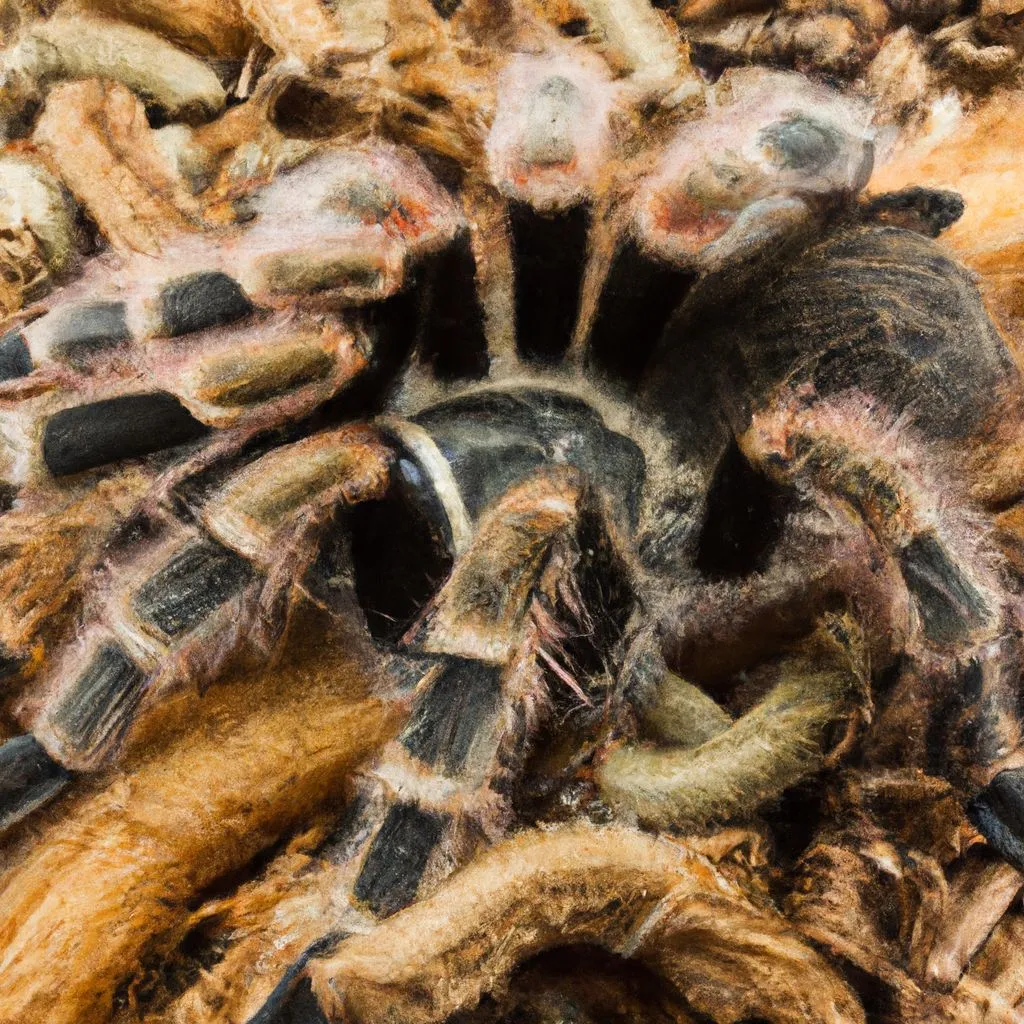
While dead crickets are a convenient and common food choice, there are potential risks to consider. Always ensure the dead crickets are fresh and free of any signs of disease, as contaminated food can be harmful to your tarantula. Observe your tarantula’s behavior after feeding. If it refuses to eat or shows signs of illness, it could be a sign of a problem with the food. In addition to food quality, impaction and the risk of parasites should be considered.
Parasites and Diseases
Dead crickets can sometimes carry parasites or diseases that can be transmitted to your tarantula. Always inspect the crickets for any signs of illness before feeding. Buy your crickets from reputable sources. If the crickets are not handled properly, they could introduce harmful pathogens into your tarantula’s environment. Quarantine any new crickets before feeding them to your tarantula to monitor for any signs of illness. A healthy environment, coupled with careful food selection, will minimize the chances of parasitic infections or other illnesses. Regular checks of the tarantula and its environment are essential to spot any issues early.
Impaction Risk
Impaction, a blockage in the digestive system, is another potential risk when feeding dead crickets. While the likelihood is relatively low, it can be increased if the tarantula eats too much of the exoskeleton of the crickets, especially if they are not fresh or properly prepared. Overfeeding can also increase the risk of impaction. Providing a shallow water dish helps keep the tarantula well-hydrated, which aids digestion and helps prevent impaction. Watch for signs of constipation, such as a swollen abdomen or refusal to eat. If you observe these signs, consult with a veterinarian or an experienced tarantula keeper.
Conclusion
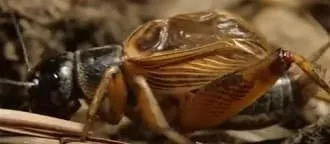
Feeding dead crickets to your tarantula can be a practical and beneficial choice, provided you follow the correct guidelines. Understanding the nutritional value of dead crickets, how to prepare them properly, and potential risks ensures you are providing your tarantula with a balanced, safe diet. Remember to observe your tarantula’s behavior, monitor its health, and adjust the feeding schedule and food sources as needed. By following these guidelines, you can ensure your tarantula remains healthy and thrives, making them a fascinating pet to care for. Happy tarantula keeping!
